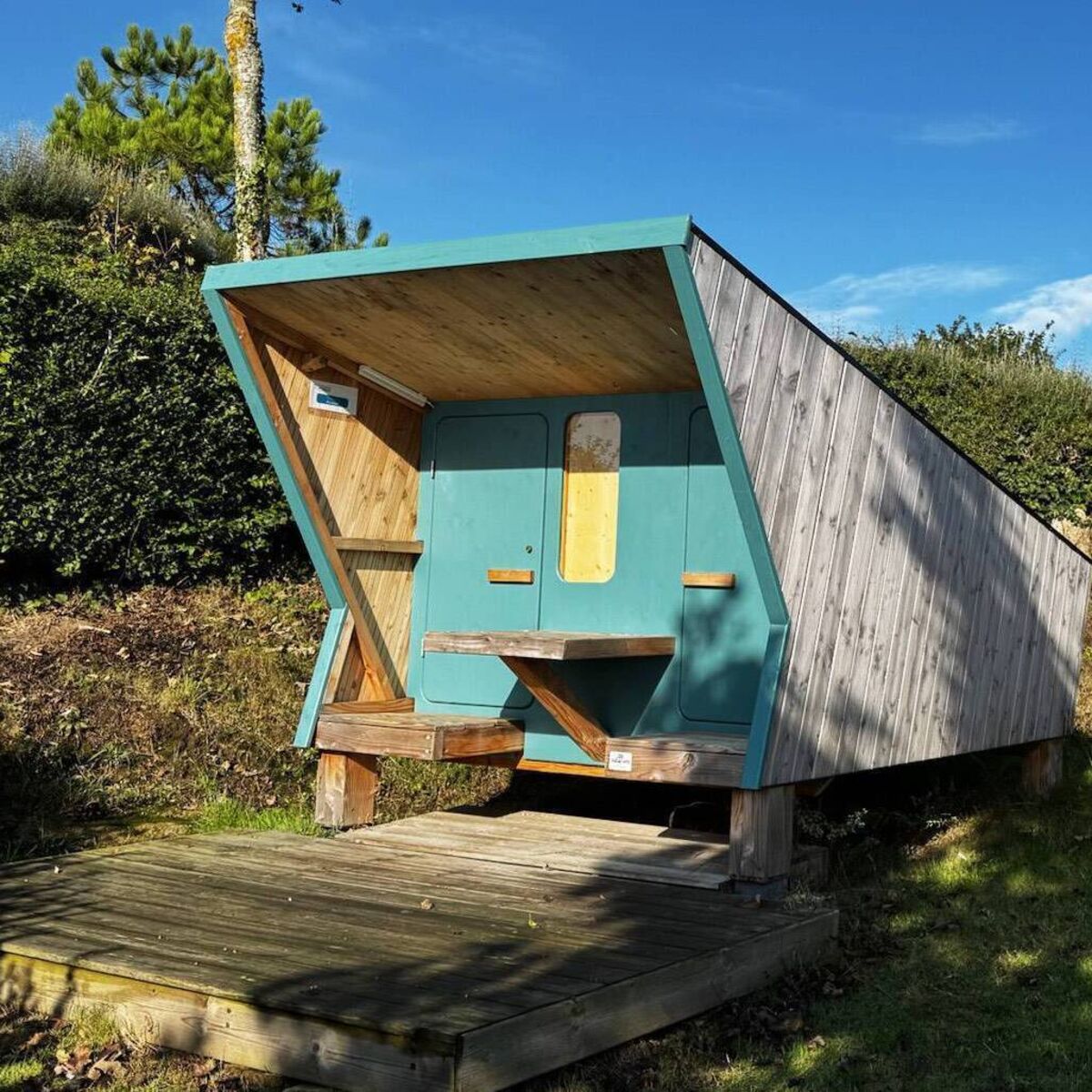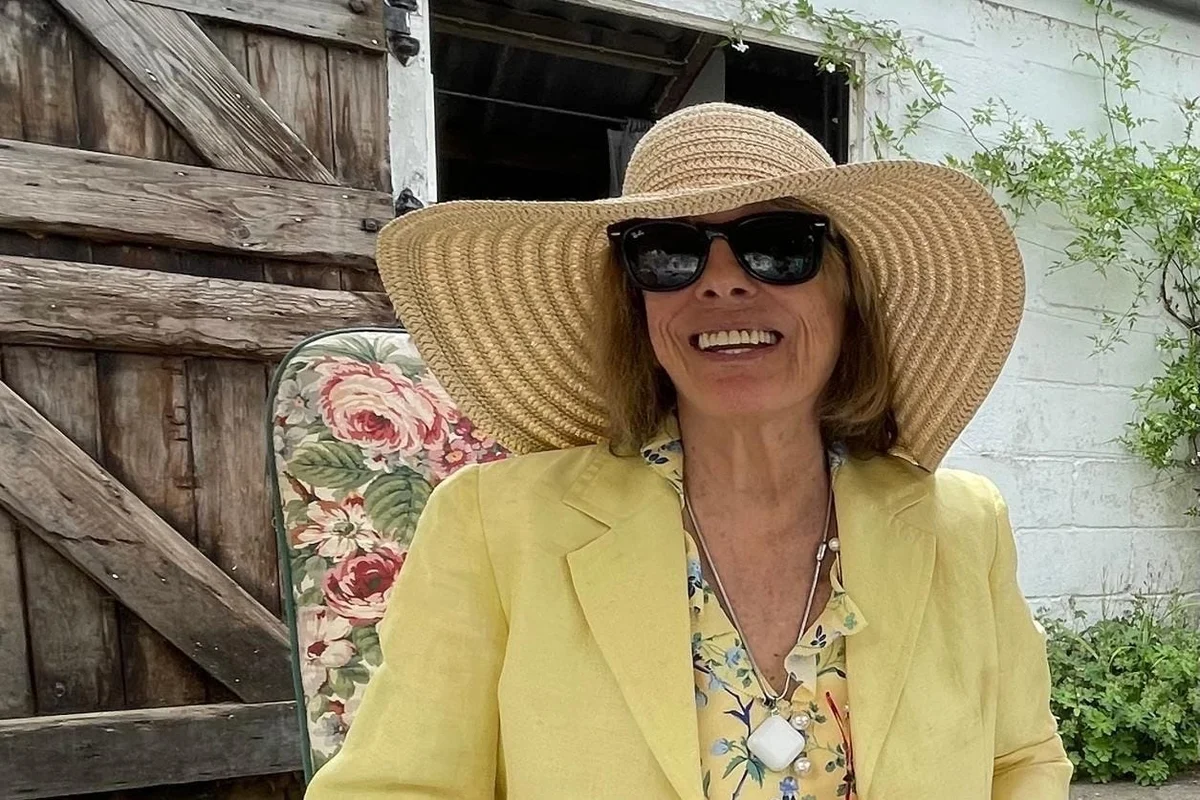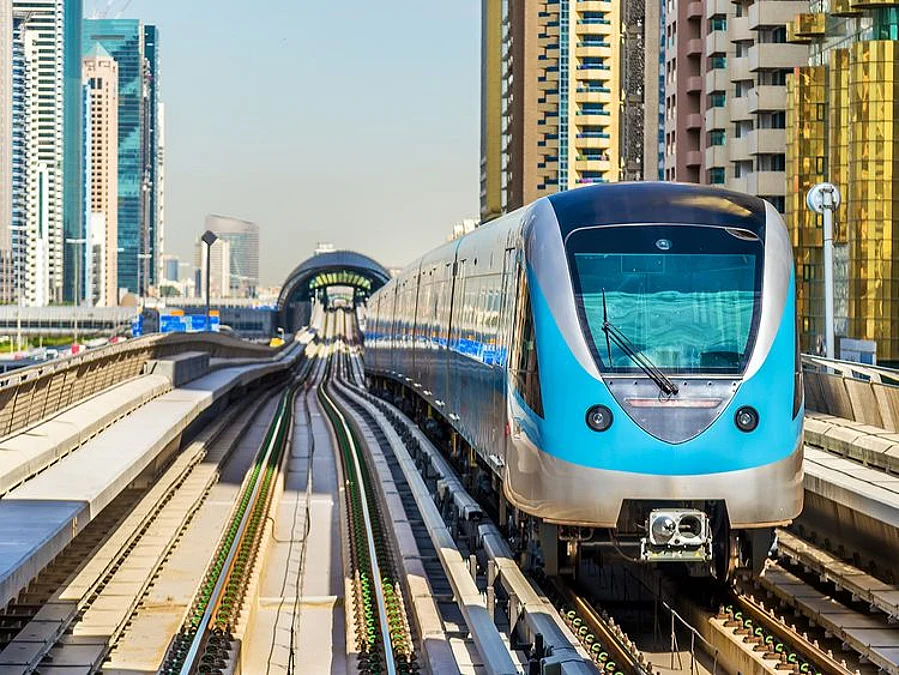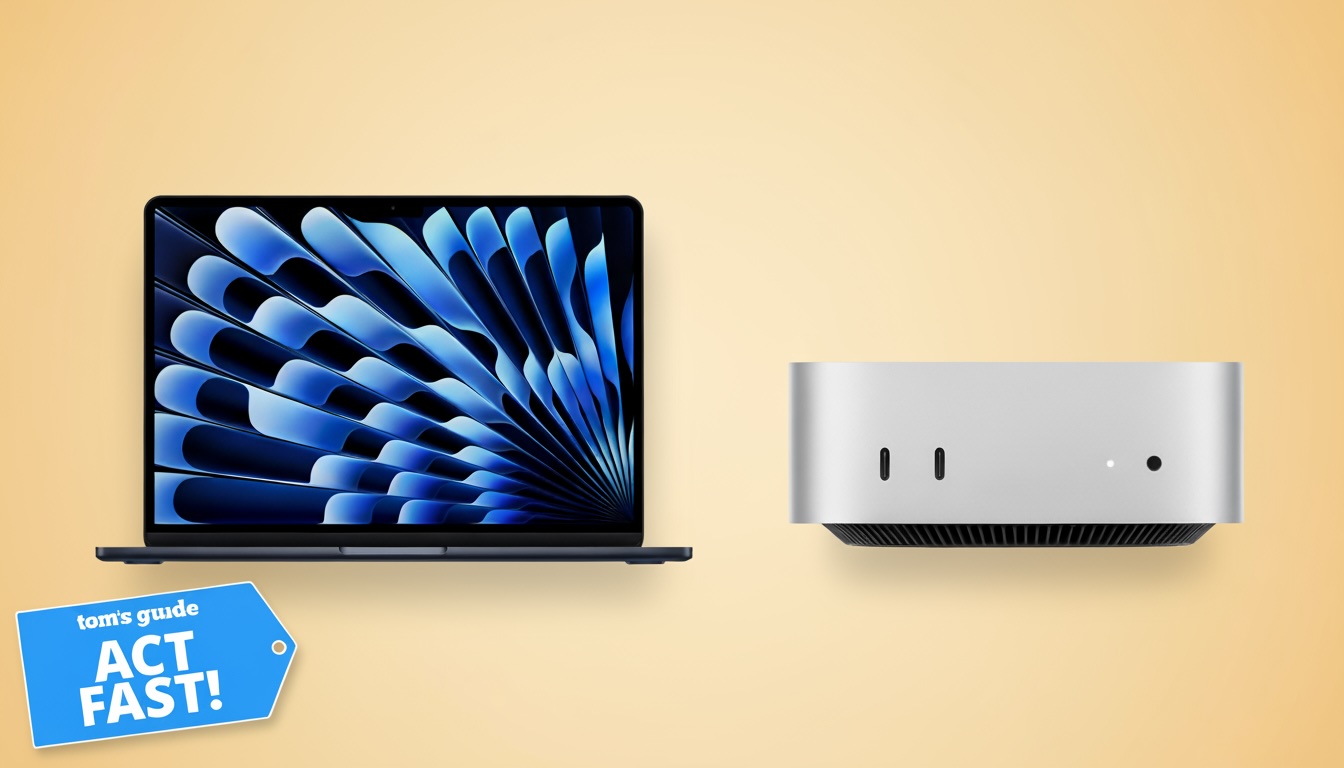By Irishexaminer.com,Jennifer Sheahan
Copyright irishexaminer

The last time I was on a ferry to France was 1989, so stepping onto the Brittany Ferries Armorique ship in Cork felt like travelling back in time, but with a few more mod cons than I remembered.
The decor was nostalgically retro, but the ship was clean, bright, and full of life, with shops, cafés, restaurants, two cinemas, and plenty of play areas and activities for kids. We didn’t bring our dog this time, but I did snoop around the pet area, and the facilities were thoughtful and well-maintained, with a dedicated outdoor pet walking area and pet-friendly cabins. Do note that dogs must be muzzled outside the cabins.
Food and drink on board were another pleasant surprise. I had braced myself for overpriced and mediocre, but a coffee and a deliciously crunchy croissant came in at €4.50, and an Aperol spritz at €9 — not bad at all considering the captive audience. Dinner options were varied and again reasonably priced, and set to a stunning view. We even caught sight of a school of dolphins playing in the waves just before sunset, while relaxing in the dining area. Beat that, airplanes.
The ship was busy, and we had originally only been able to book reclining chairs, but a few days before departure, we called Brittany Ferries and were lucky enough to snag a cabin. If you find yourself in a similar bind, keep an eye out for cancellations the week before, as they often come up. I had one of the best nights’ sleep I’ve had in months. The interior cabin we ended up with was spotlessly clean and comfortable, and the gentle rocking was a joy to doze off to. The shower was surprisingly powerful and refreshing. I loved the pitch black of the interior cabin, but if you’re prone to seasickness, you may prefer a cabin with a window.
Working on the road
Settling into life as a digital nomad is a learning experience. I’d recently left my corporate job after 14 years, opening up more time for renovation and design work (Jennysheahan.com or on Instagram @workerscottage), and more space for adventures like this.
The reality of remote work on the move is a mixed bag. Reliable wifi is hard to come by, though having a mobile data plan that includes European roaming is a huge help. Charging points aren’t always where you need them, so it’s a good idea to invest in a power bank and keep it juiced up; and finding quiet privacy for calls requires some planning. But on the upside, I am writing this at a sunny picnic spot beside Plage Sainte-Anne, content with a coffee and a croissant, and nearly ready to close the laptop and take a dip. It’s a kind of freedom that makes the frustrations worth it.
Northern France
French campsites are a revelation. Ireland has some lovely spots of course — Clifden Eco Camping, Mannix Point in Cahersiveen, Hidden Valley in Wicklow for kids, and many more. But here the standard baseline is higher: Multiple pools, saunas and hot tubs, well-kept shower blocks, laundry facilities, large and well-stocked kitchens, and bakeries on-site are common features. It’s to be expected — better weather and the volume of European campers justifies the investment. If you’re planning a European trip, I do recommend buying the ACSI camping card. It’s especially good for off-season travel, unlocking lower rates at a huge network of participating sites. I haven’t paid more than €27 a night at even high-end campsites.
Our first stop after the ferry was just outside Roscoff, at a quiet spot called Camping Ar Kleguer. We’d booked it before we managed to secure a cabin on the ferry, thinking we might be exhausted and in need of a rest before driving further south. As it turned out, we didn’t need the sleep as much as we expected, but the site made for a lovely first night on French soil. Roscoff itself is charming with its historic port, Celtic music scene, and coastal walks. There are gorgeous markets on in nearby towns most days, full of delicious fresh local food. It’s worth spending at least a day in the area if you’re not in a rush to get moving south.
Driving in France
Getting used to driving on the right side of the road in a right-hand-drive minivan keeps us on our toes, but it’s not as difficult as I expected. There are plenty of Irish and UK drivers around, and the locals have been patient. If you are setting off on your own continental adventure, you should know that it is mandatory to have your vehicle registration certificate in the car with you, along with your driver’s licence, of course. There are also quite a few areas in France that require you to have a Crit’Air sticker on your car. This is an air quality certificate that displays your specific car’s emission levels, and it is needed to enter certain low-emission zones (typically high-density town or city areas). You should order this online before you go — it costs €3.81 and can take a couple of weeks to arrive.
Next week I’ll be sharing the highlights of Île de Ré and Bordeaux: beachside campsites, cycle paths, oyster shacks, and a taste of French wine country, with my best tips to make the most of them if you’re planning your own trip.



